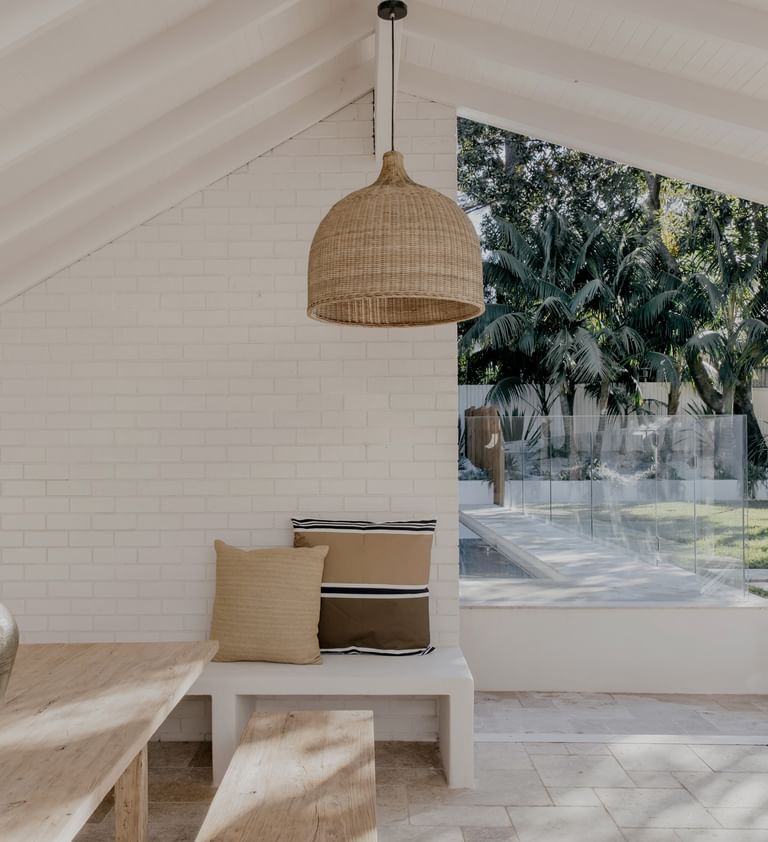
Price movements
Recent months have seen continued growth in Australian residential property values, albeit at a slower pace in July. Houses appreciated by 0.5 per cent, while units saw a slight 0.3 per cent monthly gain. The Australian property market is showing increasing variation across states and regions, reflecting growing differences in local economic conditions.
With interest rate cuts unlikely before 2025, market urgency and sentiment have cooled. This is expected to lead to fewer property listings and sales as buyers adopt a more cautious and deliberate approach to purchases. Over the past year, house prices have climbed 8.5 per cent, bringing the national median to $887,691. Unit prices have also risen, increasing by 6.5 per cent annually to reach a nationwide median of $658,899.


The past month witnessed a softening in price growth in many markets with the divergence in values across Australia widening. Melbourne and Hobart are recording weak results with Melbourne impacted by poor economic performance and lack of investment demand. Both markets recorded monthly declines of 0.1 per cent and 0.2 per cent respectively with Hobart showing price reductions over the year of 0.6 per cent.
Perth continues to run hot with the strongest monthly improvement of 2.2 per cent, bringing annual increases to over 25 per cent with a mean of $860,809. With limited construction activity across this market, competition to purchase stock is likely to continue despite a slowdown in population projections. Brisbane also benefited from similar fundamentals as Perth, however some moderation from the rapid increases has now occurred, growing 0.8 per cent this month to $971,496. Sydney activity has also slowed, growing 0.3 per cent on the month. The annual increase still sits at 6.5 per cent in the most expensive city in Australia, with a mean of $1,0601,645.


The unit market has mirrored trends in the housing sector, with Perth leading the pack. It recorded a 1.7 per cent monthly increase and over 20 per cent annual growth. Adelaide, known for its affordability, continues to perform well, rising 0.7 per cent this month to $565,690. Brisbane’s growth was more modest at 0.6 per cent, but its annual increase has been strong at 14.1 per cent, driven by high construction costs for new builds pushing up their economic values.
Sydney and Canberra saw minimal changes over the month. In contrast, Darwin, Melbourne, and Hobart experienced price declines of 0.1 per cent, 0.2 per cent, and 0.3 per cent respectively. Melbourne continues to see property investors exit the market due to high taxes, leading to increased listing volumes and a higher likelihood of short-term price reductions. Over the past year, Hobart is the only city to record a decrease in median prices, falling 0.7 per cent to $559,793.


Australian regional property markets are showing signs of cooling. House prices in these areas have risen 6.5 per cent over the year, lagging behind the national average of 8.5 per cent. Regional Western Australia remains the standout, with a 1.2 per cent monthly increase bringing prices to $492,425, representing the highest annual growth at 15.4 per cent. South Australia follows with 13.1 per cent annual growth and a 0.7 per cent monthly increase. Queensland maintains its upward trajectory, rising 0.9 per cent this month, equating to a 13 per cent year-on-year improvement, with a median price of $686,370.
Victoria, Northern Territory, and Tasmania are under pressure, all recording monthly declines in values. Northern Territory and Victoria have seen annual reductions of 0.5 per cent and 0.6 per cent respectively. Regional houses in New South Wales occupy a middle ground between the best and worst performing markets. New South Wales saw no change this period, with annual growth at a modest 3.3 per cent.


Regional unit markets continue to mirror trends observed in the housing sector. The shifting outlook on interest rates is expected to further dampen interest in investment properties and holiday homes, particularly in coastal areas. Victoria’s market continues to struggle, with an influx of investor properties coming to market, leading to a 0.1 per cent value decrease this month and a modest annual growth of just 2.7 per cent. Tasmania shows the most significant monthly decline at 0.2 per cent, while New South Wales has remained stable.
South Australia leads in terms of annual growth, up 16.3 per cent. However, Western Australia has demonstrated the highest monthly increase at 1.1 per cent, coupled with a year-on-year growth of 15.4 per cent. Affordability remains a key factor driving these markets.


Listings Activity
Preliminary data for June and July shows significant drops in national property listings, likely fueled by market uncertainty regarding inflation and future interest rate changes. With rate reductions in 2024 now seeming unlikely, caution has re-emerged in the market. Many vendors and buyers are adopting a “wait and see” approach as property price growth decelerates.
This hesitancy is reflected in the declining listing numbers across the country. The market appears to be in a holding pattern, with participants reluctant to make moves amid economic uncertainties. This trend could persist, potentially leading to further reductions in available properties and a more competitive environment for the limited stock on offer.


Listing numbers continue to decline across most capital cities this month, with a total decrease of 18.6 per cent recorded in Australia. Over the past year, Brisbane has been the least impacted by these declining rates, showing a 9.1 per cent reduction this month, but an annual increase of 8.0 per cent to 4,432 listings for the month of July.
Canberra and Sydney are the most affected, with sellers reluctant to list, limiting options for buyers. Monthly results continue to show significant declines, with annual falls of 45.8 per cent and 44.5 per cent, respectively. In contrast, Perth’s market, despite being tightly held, has seen a 4.1 per cent increase in listings this month to over 3,300. Albeit, it’s still down 23.6 per cent on the year; a similar annual decline to that experienced in the Hobart and Melbourne capital city markets.


Listing numbers in regional Australia continue to decline across all markets this month. However, regional Tasmania’s monthly decline of 1.4 per cent still translates to a one per cent improvement over the year, with 501 listings. Regional Western Australia has experienced the most significant drop over the year, as property owners hold their assets during a period of value growth, falling another 6.9 per cent this month to 756, or an annual decline of 26.7 per cent.
Regional Northern Territory, due to its small size, continues to see monthly fluctuations but is down 12.7 per cent annually, a similar yearly rate to New South Wales, which has seen listings fall by 13.5 per cent to 4,074. Queensland experienced an annual fall of 12.6 per cent to 3,479, reflecting some changing market sentiments in coastal areas.
Victoria continues to be one of the least affected markets in terms of reduced listings, down just eight per cent over the last year as investors continue to look to exit the market.


Auction Insights
Auction clearance rates across Australia have shown signs of stabilisation over the last quarter, with June recording a 70.4 per cent success rate, surpassing the figures from both 2022 and 2023. This year has seen more vibrant auction activity, largely due to the imbalance between the supply of listings and purchasing demand. However, these results can fluctuate based on factors such as location, available inventory, and affordability. The future trajectory of interest rates is likely to influence auction outcomes, potentially leading to some moderation in clearance rates moving forward.


Since early 2023, auction participation has shown a consistent pattern, with fluctuations only during holiday periods. This month, auctions have attracted an average of 4.5 registered bidders, with 2.8 typically engaging actively in the bidding process. These figures are slightly higher than last month’s and mirror those from a year ago.
Interest rate uncertainty remains a primary concern for many potential buyers. Affordability continues to be strained by high financing costs and ongoing price growth, which could dampen enthusiasm in 2024 as buyers become more cautious and look towards potential rate cuts in 2025. This may lead to a slowdown in auction participation rates. However, if listings remain scarce in competitive markets, this could potentially result in more active bidders at auctions.




The Ray White Group continues to perform resiliently in a market with limited listings. Following a minor dip in June transactions, July has shown signs of recovery. Market fluctuations persist month-to-month, with interest rate uncertainties causing some caution among both buyers and sellers. Despite this, July sales reached $7.75 billion, a remarkable 27.2 per cent increase from the same period last year.
This strong annual growth is evident across the country, with South Australia | NT and Queensland leading, closely followed by Western Australia. The network has also seen an uptick in commercial activity, a positive sign given the sector’s challenges and the broader slowdown in investment.







